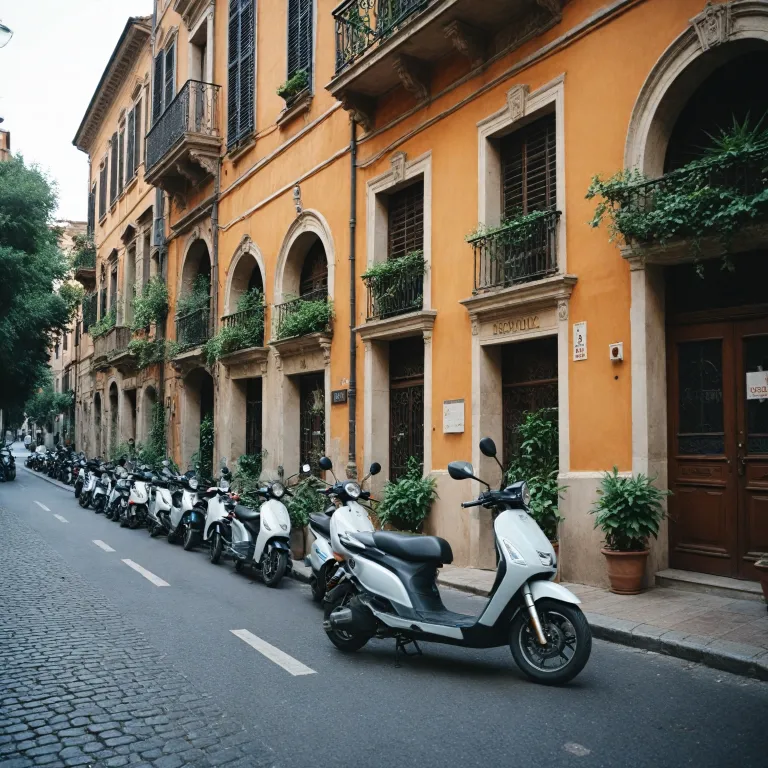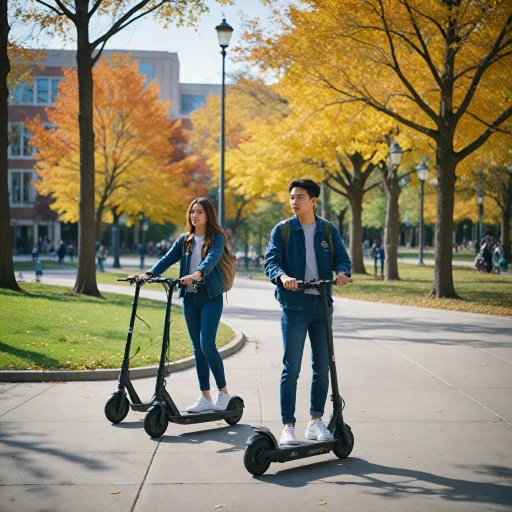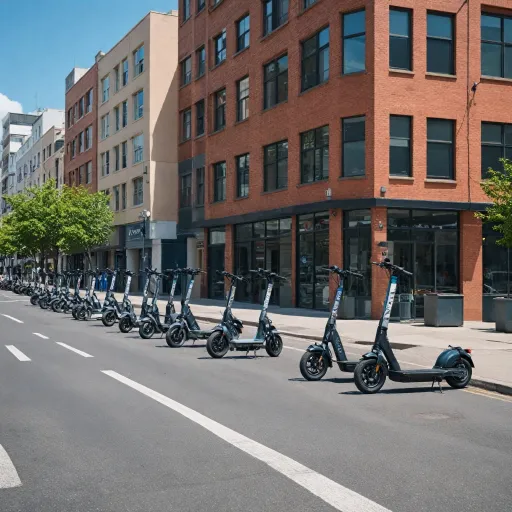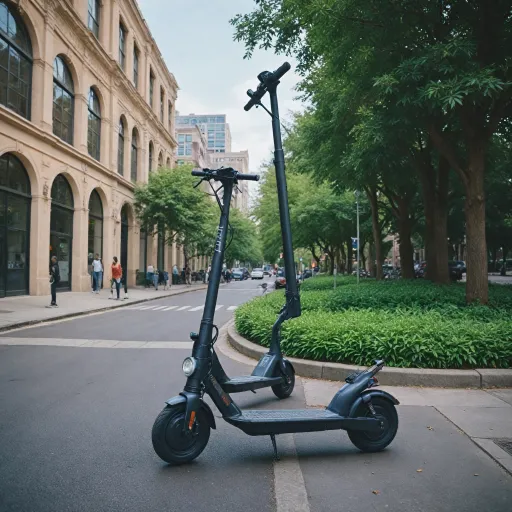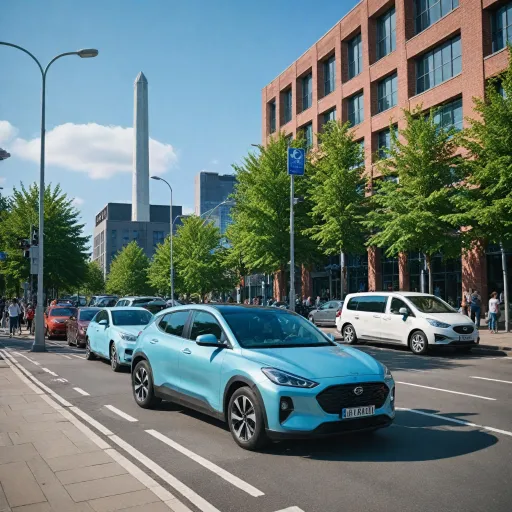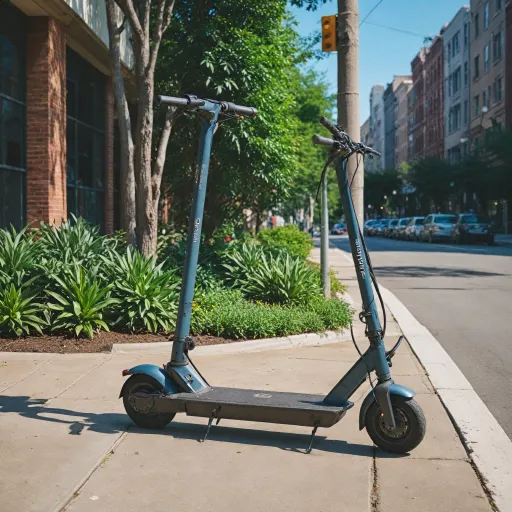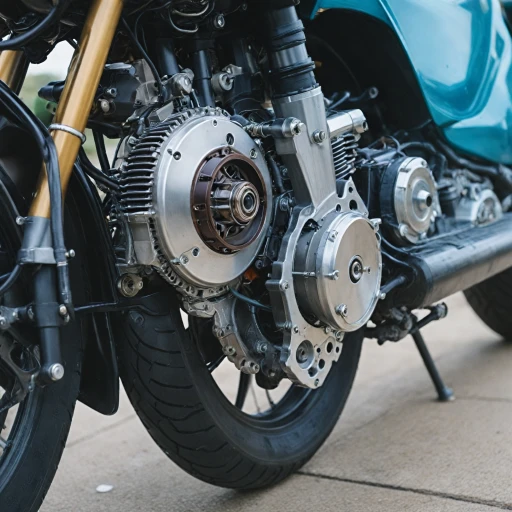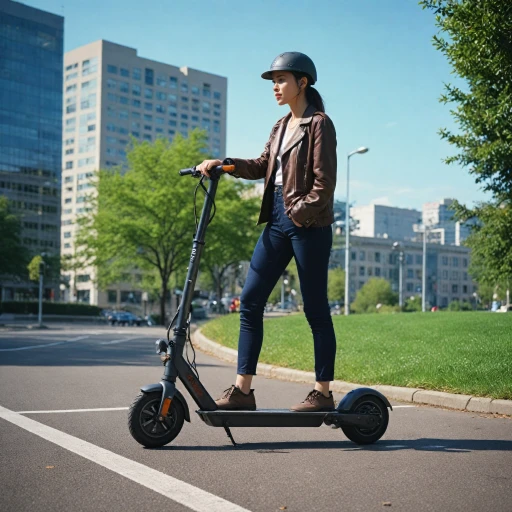
Understanding the 20 mph Electric Scooter
Features of a 20 mph Electric Scooter
Understanding the aspects that define a 20 mph electric scooter offers insight into what makes these vehicles a practical choice for many individuals. This speed threshold meets the needs of both urban commuters and those who ride leisurely. An electric scooter that achieves 20 mph typically falls within a comfortable middle ground, balancing performance and safety.- Power and Motor: Electric scooters in this speed category often feature motors powerful enough to cover short to medium distances efficiently. These motors are designed to handle inclines and urban landscapes with ease, ensuring a smooth ride for everyday use.
- Range and Battery: The battery life of these scooters generally supports a range that suits daily commuting needs. Riders can expect to travel multiple miles on a single charge, depending on factors like weight, terrain, and riding style.
- Design and Build: These scooters tend to have a durable build, capable of supporting adult riders and offering options like a dual-motor setup or a scooter seat for added comfort. Sizing varies, but typically supports various rider weights, typically under 220 lbs.
- Price and Accessibility: These scooters vary widely in price, accommodating different budgets. Many are offered with features like free shipping or extended warranties, enhancing their appeal to potential buyers.
Safety Considerations for 20 mph Scooters
Safety Tips for Riders of 20 mph Electric Scooters
Ensuring your safety while riding a 20 mph electric scooter requires an understanding and application of key safety considerations. As these scooters are equipped with powerful motors and can reach top speeds swiftly, following safety measures can help prevent accidents and enhance your riding experience.- Wear Protective Gear: Protecting yourself with the appropriate gear should be a top priority. A helmet is essential, and consider adding knee pads, elbow pads, and reflective clothing, especially if riding in low-light conditions.
- Understand Your Scooter's Features: Familiarize yourself with the electric scooter’s features and controls, such as the throttle. For more on how the throttle operates and its impact on your ride, read our guide on understanding the role of the electric scooter throttle. This can help you manage speed and power effectively.
- Conduct Regular Checks: Before each ride, ensure that your scooter is functioning correctly. Check the brakes, tires, and battery status to avoid potential issues while on the go.
- Adhere to Traffic Rules: Even with adult electric scooters, it’s vital to follow city traffic rules. Stay off sidewalks unless permitted, use bike lanes where available, and adhere to all road signs and signals.
- Be Mindful of the Environment: Riding responsibly involves being aware of your surroundings. Keep an eye out for pedestrians, vehicles, and road hazards, adapting your speed accordingly to maintain a safe range mph.
Legal Regulations and Restrictions
Legal Compliance and Community Adaptation
Electric scooters have surged in popularity, offering an efficient and eco-friendly way to navigate urban areas. Yet, their legality varies across regions, presenting unique challenges and considerations for riders and city planners alike. When opting for electric scooters with a 20 mph top speed, it’s vital for users to be aware of local legal requirements.
Most cities have implemented specific regulations to govern the use of these scooters to ensure safety and order. Commonly, rules include wearing helmets, adhering to lane restrictions, and observing age limits, typically set to prevent scooter kids under a certain age from riding unsupervised. In some areas, registering the scooter or obtaining a special permit may be necessary, especially for scooters that reach speeds at the upper range.
Additionally, weight limits are important to consider; for instance, scooters must support the weight in pounds (lbs) which generally aligns with the usual adult electric scooter users. It is advised to evaluate the size and weight capacity before purchase, particularly if the scooter is meant to be shared among family members of varying weights and sizes.
Given the growth in scooter popularity, governments and local councils are continuously reviewing these regulations. This means potential changes are on the horizon, set to accommodate emerging trends like dual motors that deliver increased power and speed capabilities. Engaging with community updates and online resources is crucial for riders to stay informed.
While cities are keen on embracing technological advances, the synchronization between legal frameworks and scooter advancements remains a critical focus. As regulations evolve, echoing the dynamic development of electric scooters, staying updated on legal requirements can help users avoid penalties and enjoy a smooth ride. For further insights on how these rules interact with scooter performance, explore the lifespan of electric scooters and how different designs cater to various speed regulations.
Environmental Impact and Sustainability
Environmental Considerations of Electric Scooters
Electric scooters, particularly those with a top speed of 20 mph, stand out as a sustainable transportation option that aligns with growing awareness towards reducing carbon footprints. As cities globally combat vehicle emissions, e-scooters provide a cleaner alternative, cutting back on pollution attributed to traditional motor vehicles. The electric motor at the heart of these scooters plays a crucial role by eliminating exhaust emissions. The battery powering an electric scooter is a pivotal aspect of its sustainability profile. Most scooters utilize lithium-ion batteries, known for their efficiency and longer charge cycles. While there's robust discussion about the environmental impact of lithium extraction, the overall benefits of decreasing vehicular emissions and urban congestion are significant. The focus shifts towards innovations in battery technology, aiming for even more eco-friendly options in the future. A dual benefit arises from the potential reduction in traffic congestion. Electric scooters, due to their compact size and ease of use, offer efficient short-distance travel, which encourages their use over cars for brief trips. This can potentially result in fewer cars on the road, directly impacting congestion levels and reducing the time commuters spend in traffic. Additionally, as more electric scooters enter the market, a push towards ensuring responsible disposal and recycling of old e-scooter parts is essential. Manufacturers are increasingly incorporating sustainability into their business strategies, through initiatives like offering year warranty and free shipping, encouraging consumers to consider their long-term options at the point-of-sale. Ultimately, while electric scooters present promising environmental benefits, continuous advancements and responsible practices are necessary to maximize their sustainability and minimize potential environmental burdens.Cost and Accessibility
The Balance Between Cost and Accessibility
Navigating the world of electric scooters involves understanding the balance between cost and accessibility. With various models available, finding the right ride largely depends on one's budget, desired features, and usage. When investing in an electric scooter, the price range can vary significantly. Budget-friendly scooter kids options may start lower, while the high-end scooter adults models equipped with powerful motors and other high-tech features command a higher price. Moreover, for those seeking enhanced comfort during their ride, models with a scooter seat are also available, often at a premium. To get the best value, consumers should consider several factors:- Motor Power and Top Speed: Compare models based on their motor electric capabilities. A dual motor option usually offers a greater range and top speed, ideal for adult electric users who need to commute over a distance.
- Battery and Range: Escooters' battery life is crucial, especially if traveling several miles daily. Ensure the range mph meets your needs to avoid frequent charging.
- Weight and Portability: For some users, especially urban commuters or those with limited storage space, the scooter's weight (lbs) and size are pivotal factors. Lightweight models are easier to carry and store.
- Additional Costs: Consider potential extra expenses, such as shipping fees or accessories purpose. While many retailers offer free shipping, this isn't universal.
- Sales and Warranties: Look for scooter sale opportunities and year warranty options. A good warranty offers peace of mind.
